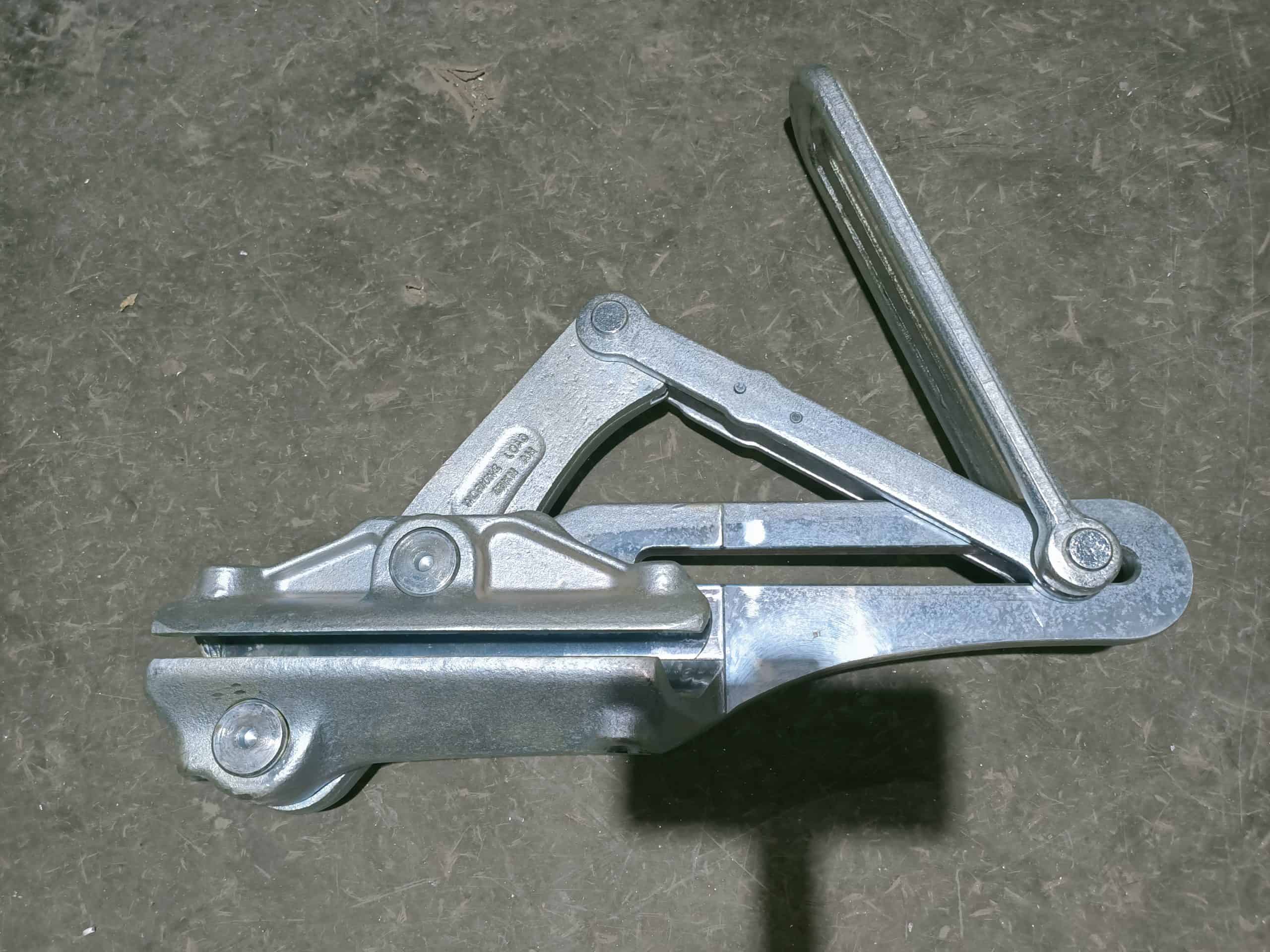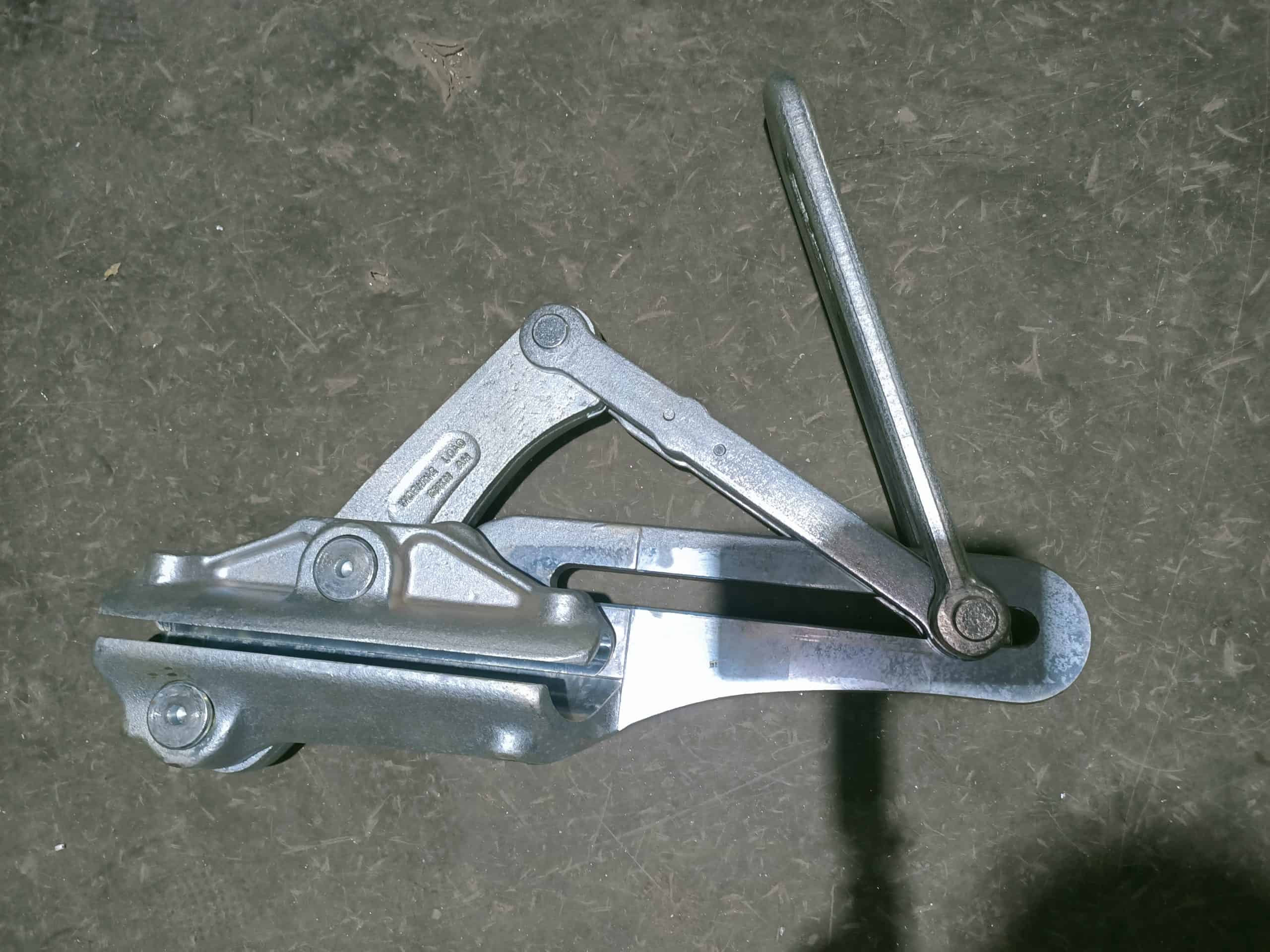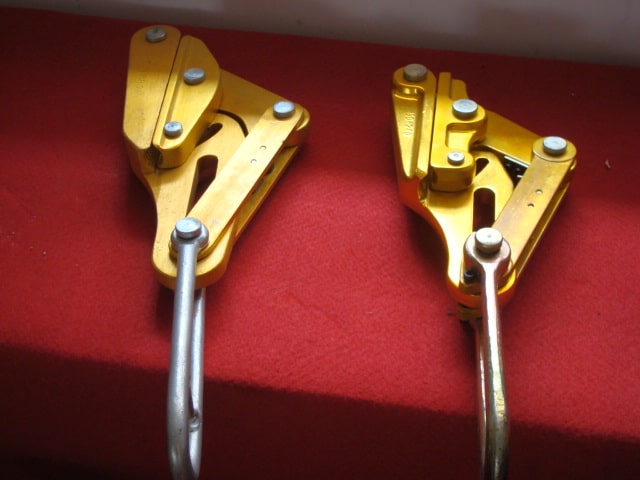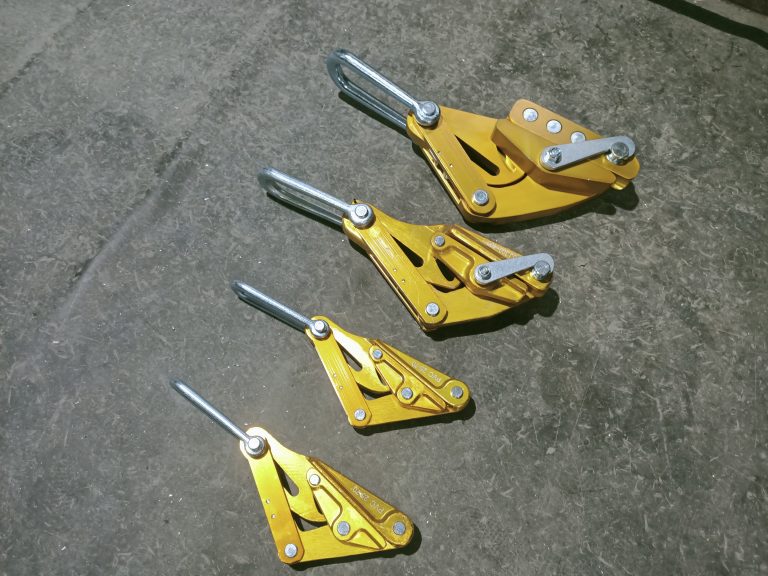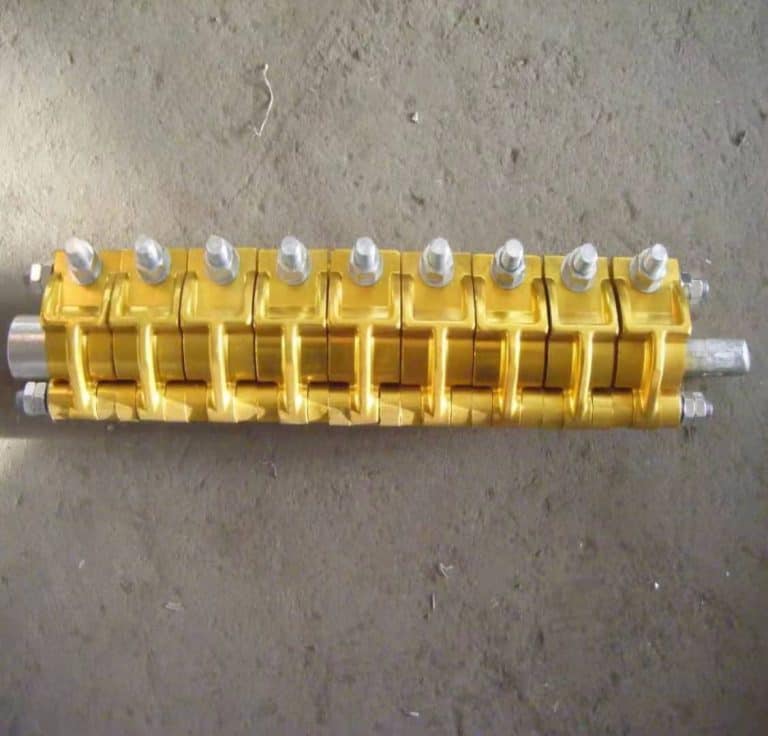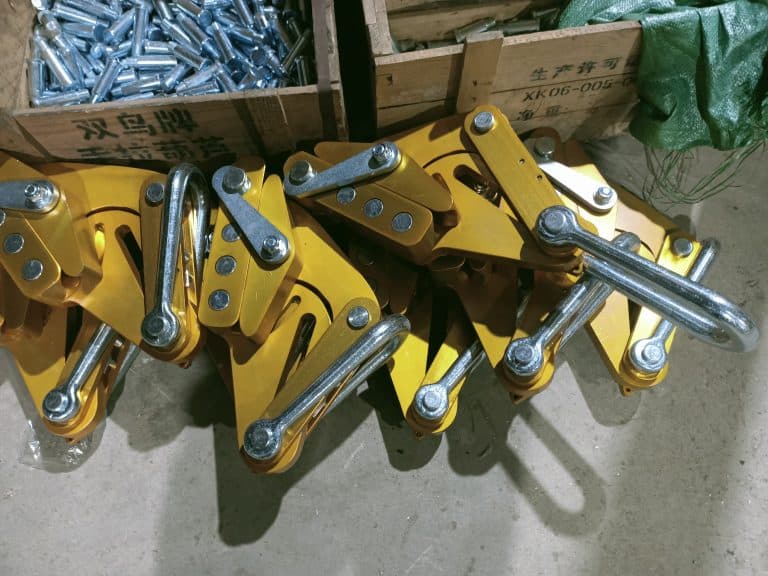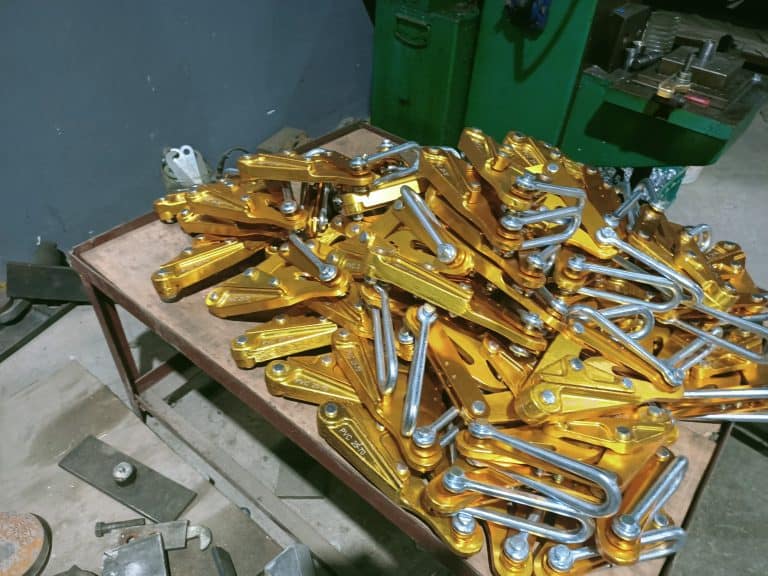Properly Operating a Cable Wire Rope Grip Puller for Cable and Conductor Pulling
Cable wire rope grip pullers, also known as wire rope pullers, are essential tools for…
Cable wire rope grip pullers, also known as wire rope pullers, are essential tools for professionals in the construction and engineering industries. They are used to pull heavy loads and secure cables and wires, making them an ideal choice for a range of applications, including cable and conductor pulling. However, it is important to properly operate a cable wire rope grip puller to ensure safe and effective use. In this article, we will discuss how to properly operate a cable wire rope grip puller for cable and conductor pulling.
Step 1: Inspect the grip puller
Before using a cable wire rope grip puller, inspect it for any visible damage or defects. Check the grip puller for signs of wear or corrosion, and ensure that it is properly lubricated.
Step 2: Attach the grip puller to the cable or conductor
Attach the cable wire rope grip puller to the cable or conductor by positioning the jaws of the grip puller over the cable or conductor. Close the jaws of the grip puller securely, ensuring that the cable or conductor is held firmly in place.
Step 3: Secure the grip puller
Secure the cable wire rope grip puller by tightening the locking mechanism. Ensure that the grip puller is held securely in place and that there is no slippage or movement.
Step 4: Apply tension
Apply tension to the cable or conductor by using the ratcheting mechanism of the cable wire rope grip puller. Turn the ratchet handle clockwise to apply tension and tighten the cable or conductor.
Step 5: Check tension
Check the tension of the cable or conductor regularly to ensure that it is within the recommended range. Adjust the tension as necessary by using the ratcheting mechanism of the cable wire rope grip puller.
Step 6: Release tension
Release the tension on the cable or conductor by turning the ratchet handle counterclockwise. Once the tension is released, remove the cable wire rope grip puller from the cable or conductor.
Step 7: Inspect the cable or conductor
Inspect the cable or conductor for any signs of damage or wear after using the cable wire rope grip puller. Ensure that the cable or conductor is still in good condition and that there is no damage caused by the use of the grip puller.
In conclusion, properly operating a cable wire rope grip puller for cable and conductor pulling requires careful inspection of the grip puller, secure attachment to the cable or conductor, use of the ratcheting mechanism to apply and adjust tension, and regular checks of the tension and cable or conductor condition. By following these steps, you can safely and effectively use a cable wire rope grip puller for cable and conductor pulling.

